
Example Networks
Very much resembling the structure of the nervous system, multiple lu.i boards can be connected to form even complex neural networks. The latter may simply serve illustrative purposes, mimick biological behavior, or even solve functional tasks. The following hierarchical network, e.g., implements an exclusive OR (XOR).

For a more extensive list of example networks please refer to lu.i's documentation.
Neuron Model
The PCB implements the leaky integrate-and-fire (LIF) model. For this model, the membrane voltage follows the dynamics described by the differential equation This equation describes the rate of change of the membrane voltage (denoted by the temporal derivative on the left-hand side), which can be decomposed in two currents: The membrane always decays back to the leak potential with a leak current proportional to the deflection from that resting state. This yields an exponential decay to the baseline. The second contribution results from synaptic stimulation, pulling the membrane to either positive or negative potentials.
These dynamics are accompanied by a spike condition: Whenever the membrane potential reaches a certain threshold, the neuron emits a spike – here realized as a short voltage pulse – which is then relayed to other neurons. After spiking, the neuron is then reset to a low potential.
Circuits
The PCB implements the model dynamics based on a low-pass filter mimicking the membrane, a spike threshold comparator, and three separate input circuits with adjustable synaptic weight and time constant.

Educational purpose
Lu.i visualizes the basic time-continuous dynamics and sparse, event-based communication of biological neurons and introduces the concept of physical and neuromorphic computation. Small neural networks can be formed in a playful and hands-on way to illustrate the interaction of neurons.
The PCBs can be easily interfaced with Arduinos or other microcontrollers, e.g., to mimic sensors or other inputs to a neural network. It may, furthermore, allow a soft introduction into electronics and the handling of oscilloscopes by providing access to the neuron-internal membrane potential.
Lu.i has been used in multiple outreach projects to communicate the foundations of brain-inspired and physical computation.
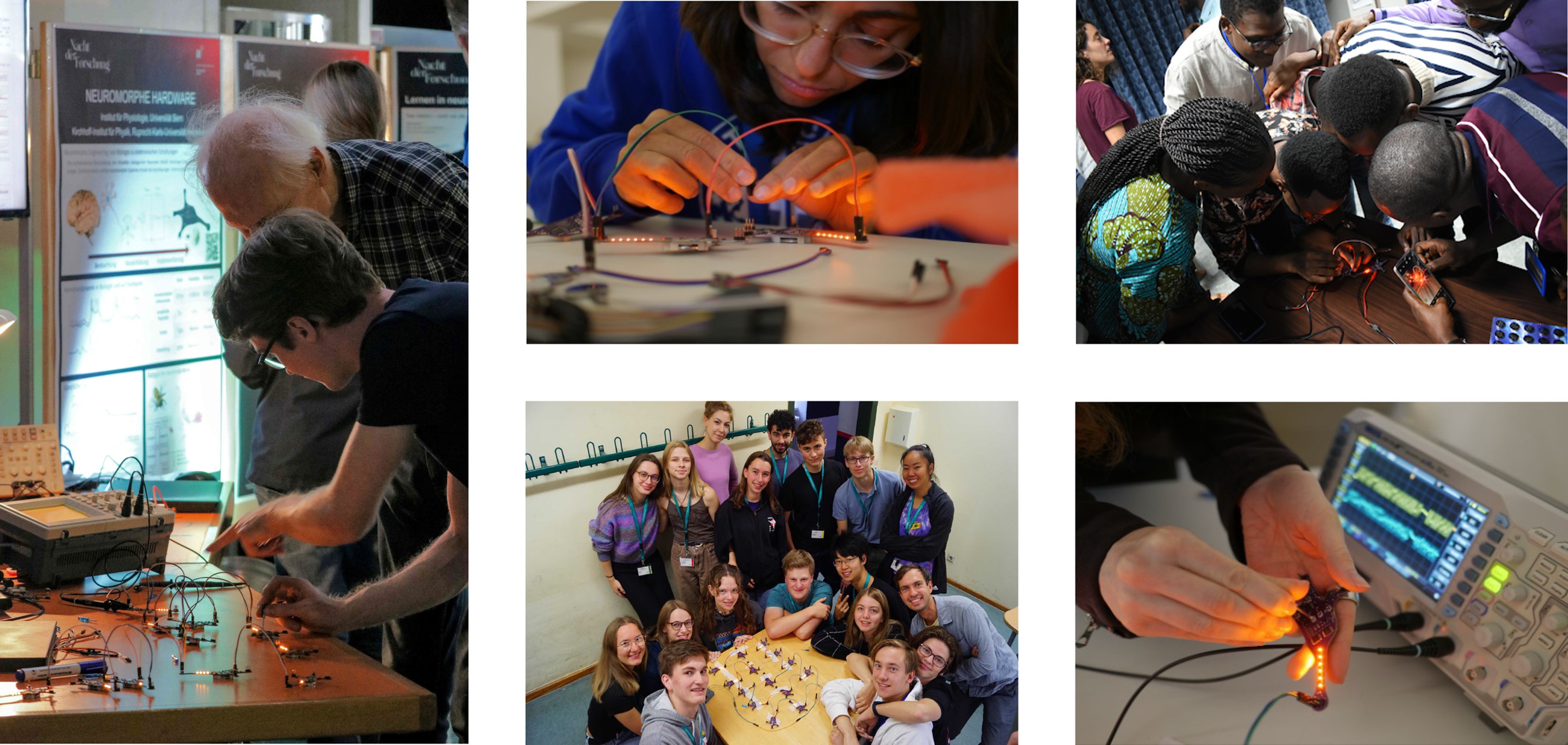
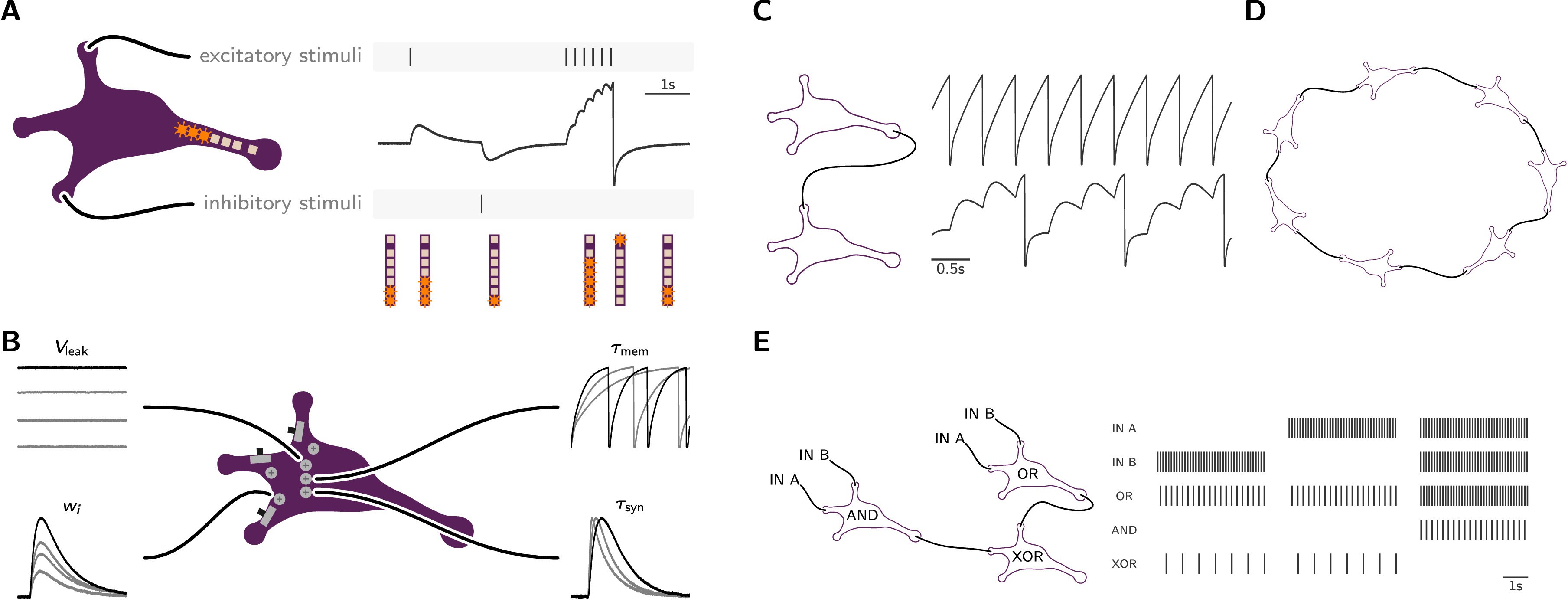
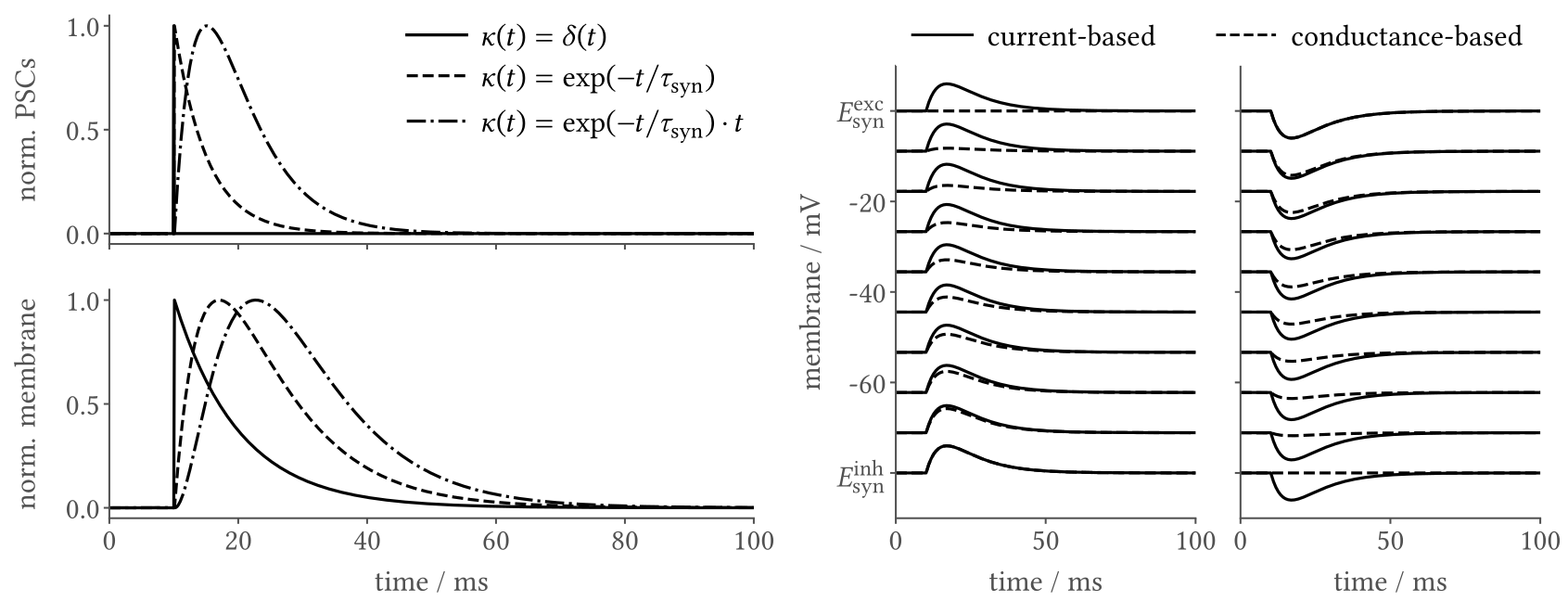
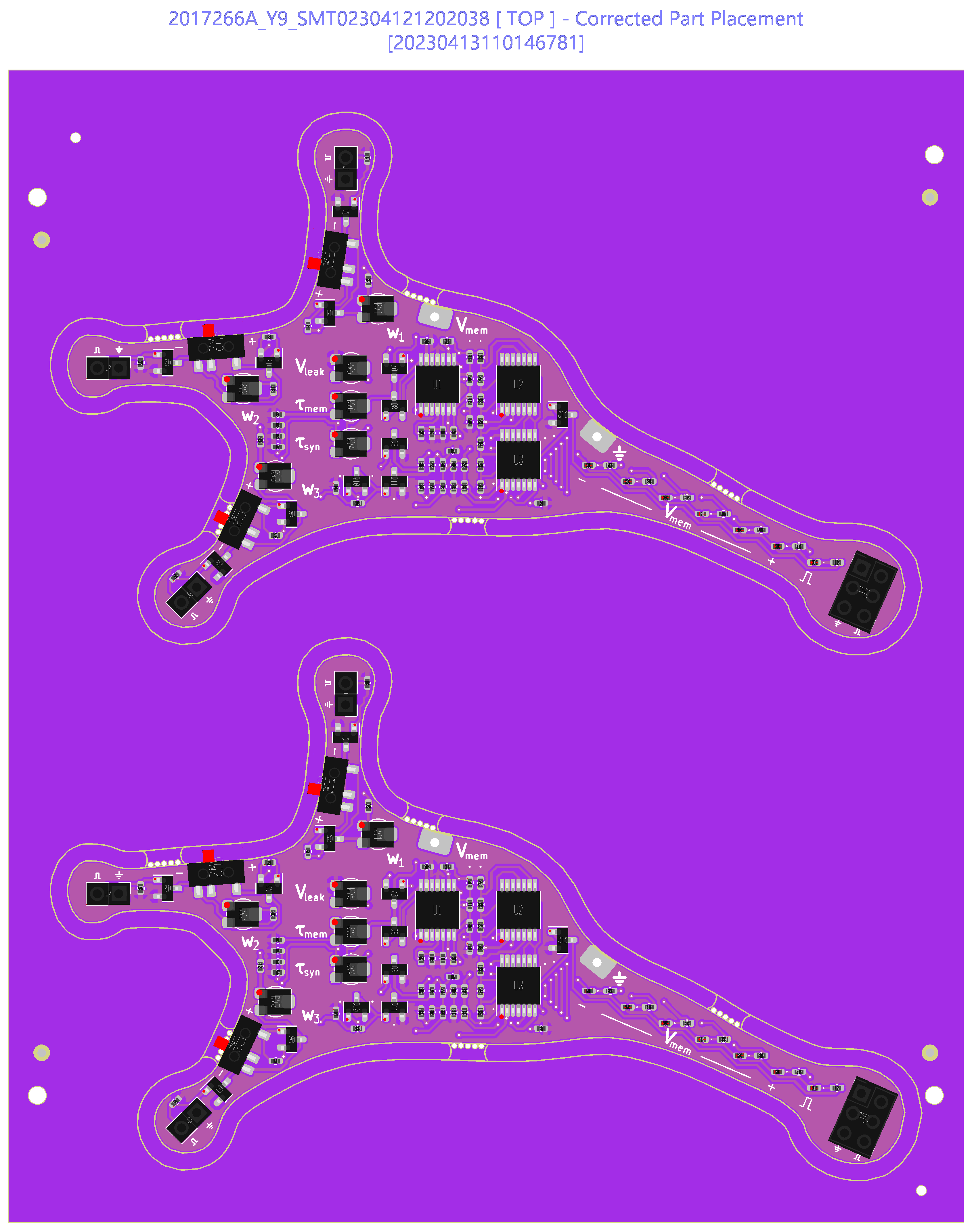




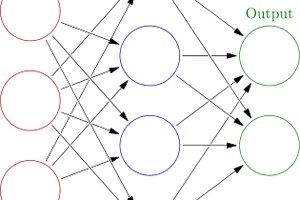
 Rollyn01
Rollyn01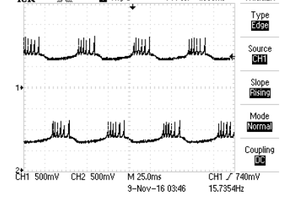
 Bruce Land
Bruce Land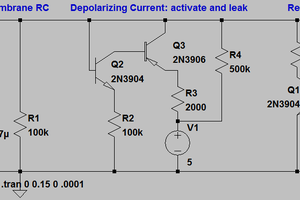
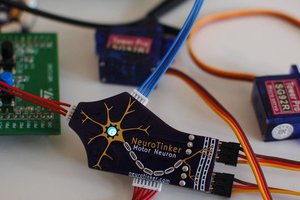
 zakqwy
zakqwy
This is an exciting field! I believe such studies can enhance our broad understanding of artificial intelligence and machine learning. I'm also interested in this article https://sellbery.com/blog/e-commerce-in-higher-education-educational-resources-for-students/ and read them with enthusiasm. Education plays a crucial role in our development, and research on its significance emphasizes how learning and knowledge impact our intellectual and cultural growth.